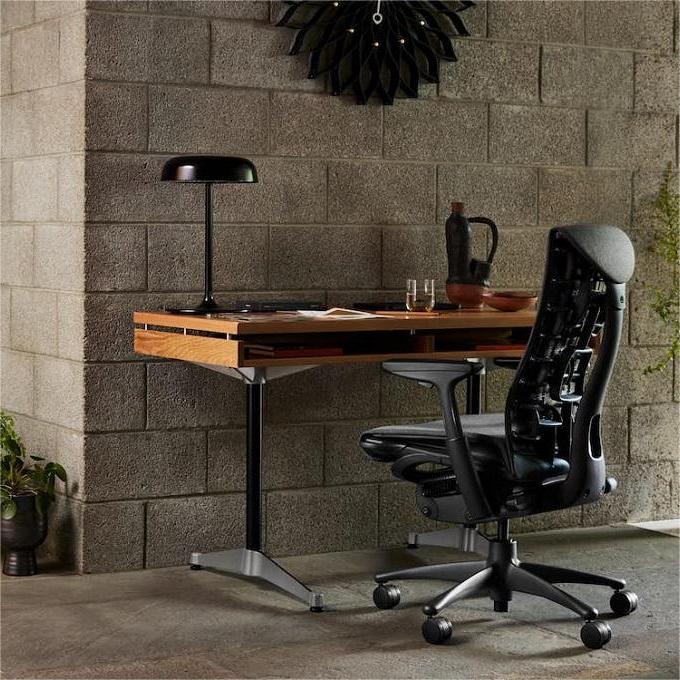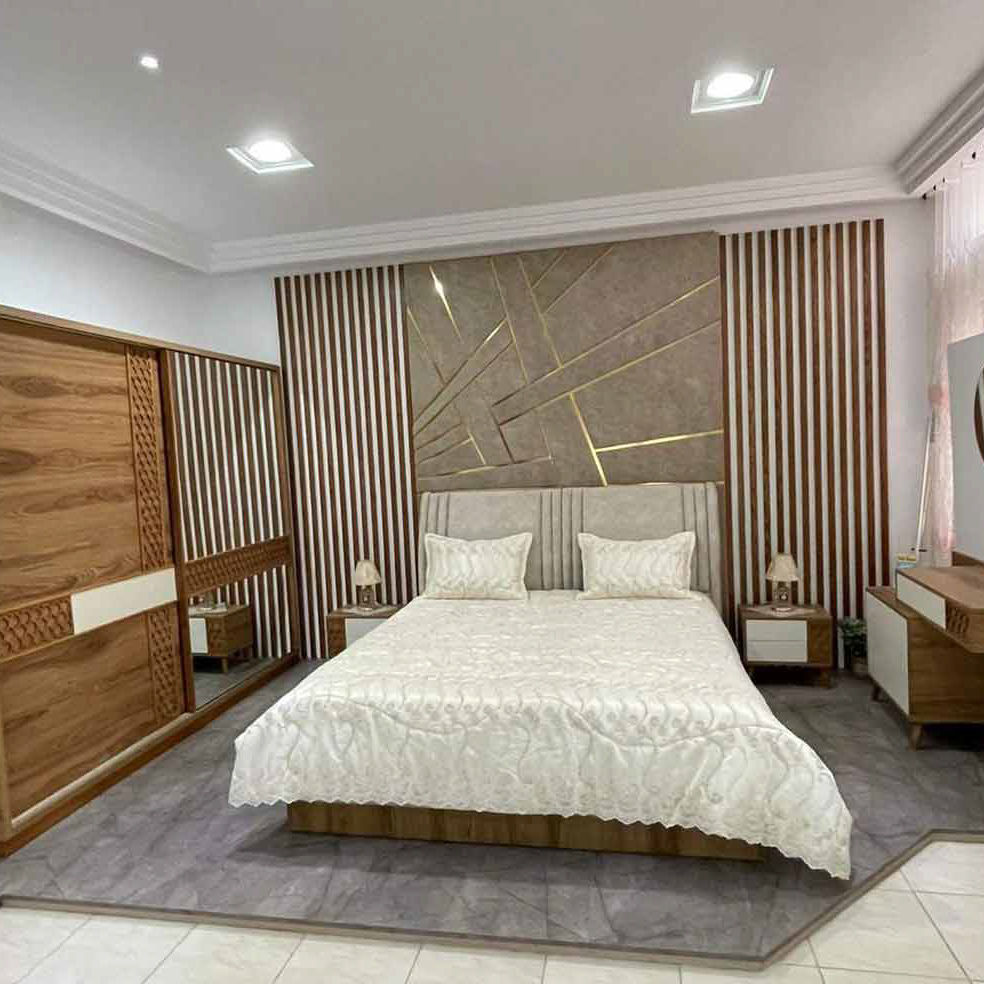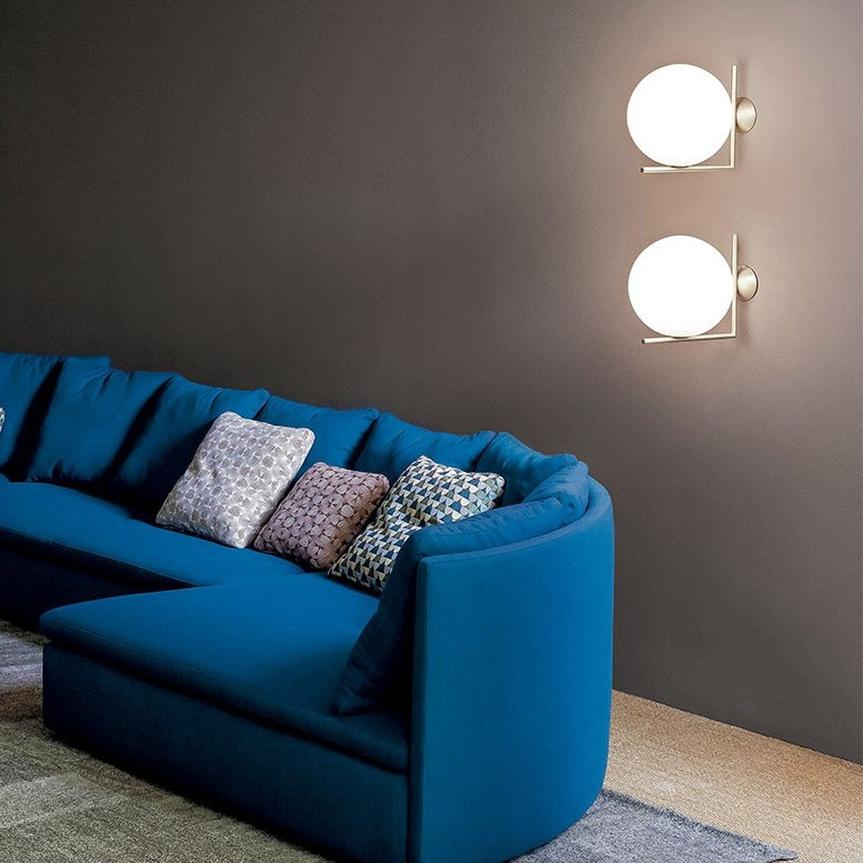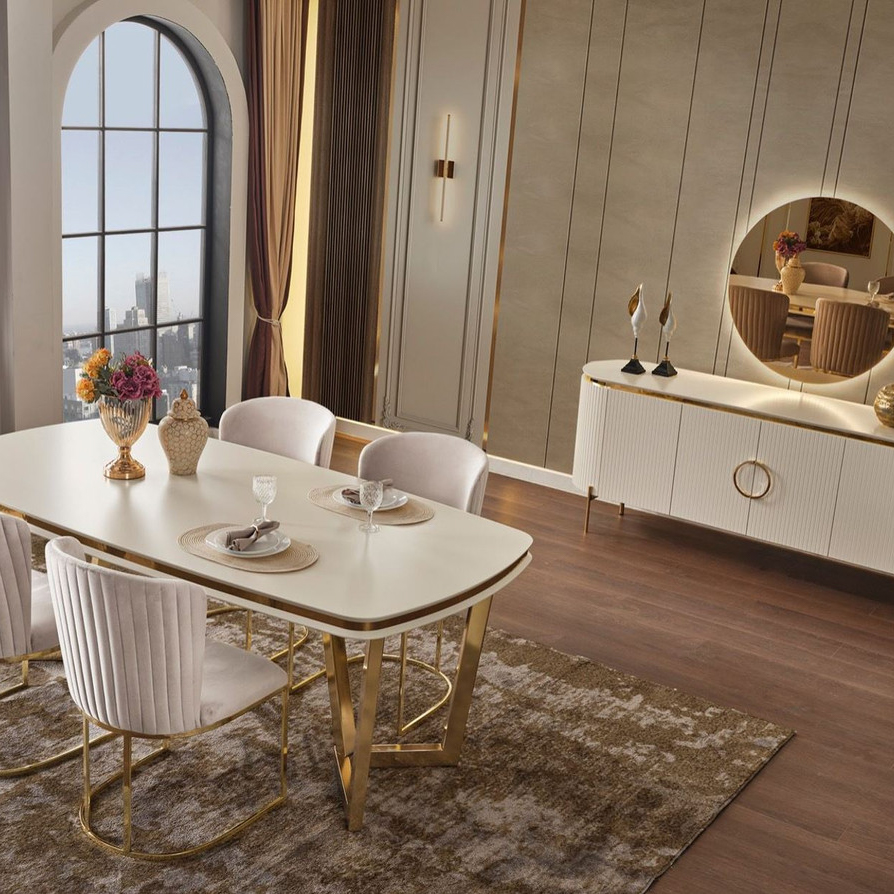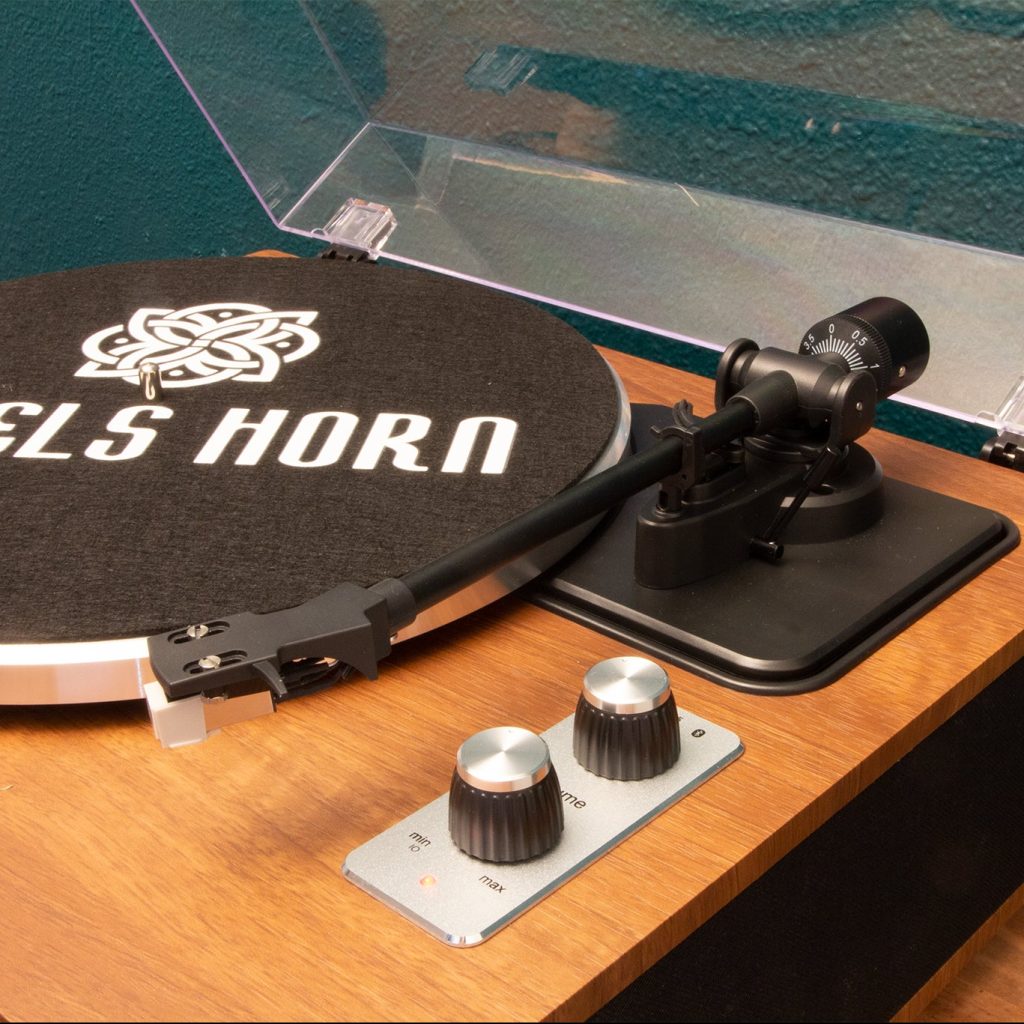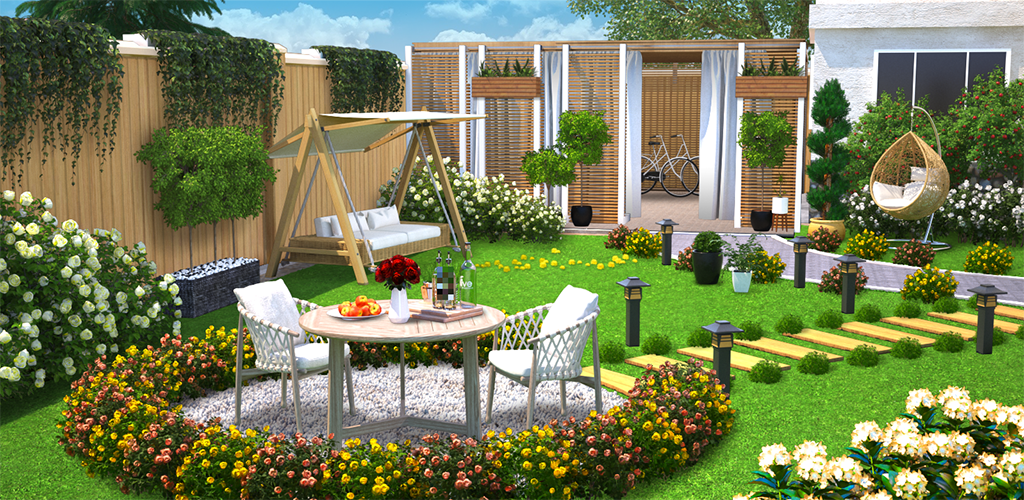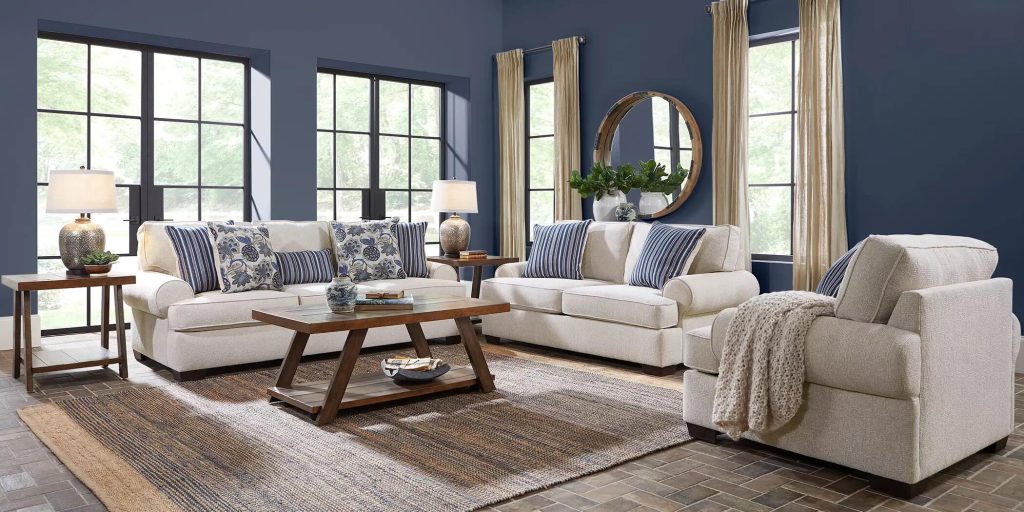Statement lamps serve as focal points in interior design, transcending their functional role to become integral pieces of art within a space. These lamps are often characterized by bold designs, vibrant colors, and unique shapes that draw the eye and provoke conversation. For instance, a large, sculptural floor lamp made from metal or glass can dominate a room, creating a striking contrast against more subdued furnishings.
Designers like Tom Dixon and Jonathan Adler have mastered the art of creating statement lamps that not only illuminate but also enhance the aesthetic appeal of a room. Their pieces often incorporate unexpected materials and forms, such as geometric shapes or organic curves, which challenge traditional notions of lighting. The impact of statement lamps extends beyond mere aesthetics; they can also influence the mood and atmosphere of a space.
A well-placed statement lamp can create dramatic shadows and highlights, transforming the ambiance of a room from ordinary to extraordinary. For example, a lamp with an intricate cut-out design can cast beautiful patterns on walls and ceilings when illuminated, adding depth and interest to the environment. Furthermore, statement lamps can reflect the personality of the homeowner, serving as an expression of individual style and taste.
Whether it’s a vintage-inspired piece or a modern design, these lamps can encapsulate the essence of a space, making them essential elements in contemporary interior design.
Industrial Lamps
Industrial lamps are rooted in the utilitarian aesthetic of factories and warehouses, characterized by their raw materials and functional designs. Often made from metals like steel or iron, these lamps exude a rugged charm that appeals to those who appreciate the beauty of imperfection. The use of exposed bulbs, simple lines, and minimal ornamentation is typical in industrial lighting, which emphasizes practicality over embellishment.
A classic example is the iconic Edison bulb fixture, which showcases the filament within a glass enclosure, celebrating the mechanics of light itself. This style not only serves as a source of illumination but also pays homage to the industrial revolution and its influence on modern design. The versatility of industrial lamps allows them to fit seamlessly into various design schemes, from loft-style apartments to rustic homes.
They can be used as pendant lights over dining tables or as task lighting in workspaces, providing both functionality and style. The juxtaposition of industrial lamps with softer elements—such as wooden furniture or plush textiles—creates a balanced aesthetic that is both inviting and edgy. Moreover, the trend towards sustainability has led to an increase in the popularity of reclaimed materials in industrial lamp design.
By repurposing old machinery parts or salvaged wood, designers are not only creating unique lighting solutions but also promoting eco-friendly practices in home decor.
Nature-Inspired Lamps
Nature-inspired lamps draw upon the beauty and tranquility of the natural world, incorporating organic shapes and materials that evoke a sense of calm and connection to the environment. These lamps often feature designs that mimic elements found in nature, such as leaves, branches, or flowers. For instance, a lamp designed to resemble a tree branch can bring an earthy touch to a living room or study, creating an inviting atmosphere that encourages relaxation.
Materials like wood, stone, and glass are commonly used in these designs, allowing for a tactile experience that resonates with the senses. In addition to their aesthetic appeal, nature-inspired lamps can also promote sustainability by utilizing eco-friendly materials and production methods. Many designers are now focusing on sourcing sustainable woods or using recycled materials to create their pieces.
This not only reduces environmental impact but also adds a unique story to each lamp. For example, a lamp crafted from reclaimed driftwood not only serves as a functional light source but also carries with it the history of its previous life by the water’s edge. Furthermore, incorporating natural elements into home decor has been shown to enhance well-being by reducing stress and improving mood, making nature-inspired lamps an excellent choice for those looking to create a serene living space.
Artistic Lamps
Artistic lamps blur the lines between functionality and creativity, transforming everyday lighting into captivating works of art. These lamps often feature unconventional designs that challenge traditional forms and materials, inviting viewers to appreciate them as sculptures rather than mere light sources. Artists and designers like Ingo Maurer and Isamu Noguchi have created iconic pieces that exemplify this genre, using innovative techniques and unexpected materials to craft visually stunning lamps.
For instance, Maurer’s “Zettel’z” lamp allows users to customize its appearance by attaching notes or images to its frame, making it an interactive piece that reflects personal expression. The allure of artistic lamps lies in their ability to evoke emotion and provoke thought. A lamp shaped like a jellyfish or one that appears to be suspended in mid-air can spark curiosity and conversation among guests.
These pieces often serve as conversation starters in social settings, encouraging discussions about art, design, and inspiration. Moreover, artistic lamps can be used strategically within a space to create focal points or highlight specific areas. By placing an eye-catching lamp in a corner or on a side table, homeowners can draw attention to particular features of their decor while simultaneously enhancing the overall ambiance.
Retro Lamps
Retro lamps celebrate the design aesthetics of past decades, often evoking nostalgia through their distinctive styles and colors. From the bold geometric patterns of the 1960s to the sleek lines of mid-century modern design, retro lamps encapsulate the spirit of their respective eras while remaining relevant in contemporary interiors. These lamps often feature vibrant hues like orange, teal, or mustard yellow, which can add a playful touch to any room.
Brands like Gubi and West Elm have embraced retro designs in their collections, offering consumers a chance to incorporate vintage charm into modern spaces. The appeal of retro lamps extends beyond their visual impact; they also carry with them stories and memories from times gone by. A classic arc floor lamp reminiscent of the 1970s can evoke feelings of warmth and familiarity while serving as a stylish addition to a living room.
Collectors often seek out authentic vintage pieces from flea markets or estate sales, adding character and history to their homes. Additionally, retro lamps can be easily integrated into various design styles—whether paired with contemporary furniture for an eclectic look or used alongside other vintage pieces for a cohesive retro vibe—making them versatile choices for any decor scheme.
Minimalist Lamps
Minimalist lamps embody the principle of “less is more,” focusing on simplicity and functionality without sacrificing style. Characterized by clean lines, neutral colors, and unobtrusive designs, these lamps are perfect for those who appreciate understated elegance in their home decor. The minimalist aesthetic often employs materials such as metal, glass, or concrete to create sleek silhouettes that blend seamlessly into any environment.
Brands like Muuto and Flos have popularized minimalist lighting designs that prioritize form and function while maintaining an air of sophistication. The beauty of minimalist lamps lies in their ability to enhance a space without overwhelming it. A simple pendant light with a matte finish can provide ample illumination while maintaining an airy feel in a small kitchen or dining area.
Furthermore, minimalist designs often allow for versatility; they can be easily moved or repositioned without disrupting the overall aesthetic of a room. This adaptability makes them ideal for modern living spaces where flexibility is key. Additionally, minimalist lamps often incorporate energy-efficient LED technology, aligning with contemporary values around sustainability and responsible consumption while providing effective lighting solutions for everyday use.


